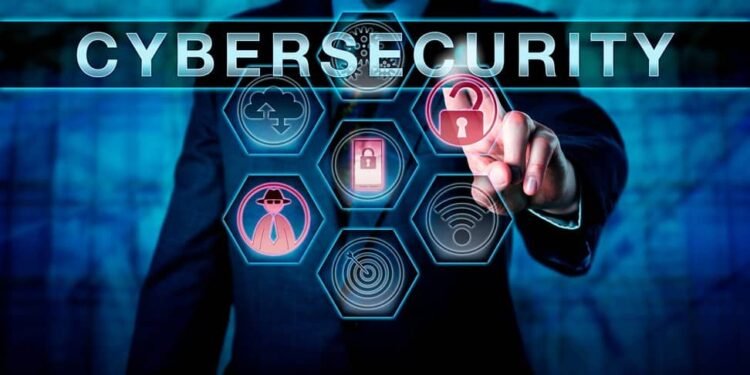In 2025, cybersecurity remains a critical concern for nonprofits as they continue to rely on digital tools for fundraising, communication, and service delivery. With limited budgets and resources, nonprofits often become prime targets for cybercriminals seeking to exploit vulnerabilities in their systems. From phishing attacks to ransomware, the threats are constantly evolving, making it essential for organizations to adopt strong cybersecurity measures.
To ensure data protection and maintain donor trust, nonprofits must take proactive steps to enhance their cybersecurity defenses. Here are three key ways nonprofits can strengthen their cybersecurity in 2025.
1. Implement Zero Trust Security Frameworks
One of the most effective ways for nonprofits to enhance their cybersecurity is by adopting a Zero Trust Security Model. Unlike traditional security models that rely on perimeter defenses (such as firewalls), Zero Trust assumes that threats exist both outside and inside the organization. This means that no user, device, or system is automatically trusted, and verification is required at every step.
How Nonprofits Can Apply Zero Trust:
- Multi-Factor Authentication (MFA): Require employees and volunteers to use MFA when accessing accounts, emails, or databases. MFA adds an extra layer of security by requiring users to verify their identity through multiple methods (e.g., password + authentication app).
- Least Privilege Access: Limit user permissions so that employees and volunteers can only access the data and systems necessary for their roles. This reduces the risk of insider threats and accidental data leaks.
- Continuous Monitoring: Use AI-powered security tools to detect and respond to suspicious activity in real time. Cloud-based security platforms can help automate threat detection and mitigate risks quickly.
By adopting a Zero Trust approach, nonprofits can significantly reduce the likelihood of unauthorized access and data breaches.
2. Strengthen Email Security and Phishing Awareness
Phishing attacks remain one of the most common cyber threats, targeting nonprofit employees, donors, and partners through deceptive emails. Cybercriminals use phishing tactics to trick recipients into clicking malicious links, downloading malware, or sharing sensitive information.
How Nonprofits Can Strengthen Email Security:
- Advanced Email Filtering: Deploy AI-powered email security solutions that can detect and block phishing attempts, spam, and malicious attachments before they reach inboxes.
- Regular Staff Training: Conduct ongoing cybersecurity awareness training for employees and volunteers. Teach them how to identify phishing attempts, verify sender legitimacy, and avoid clicking on suspicious links.
- Simulated Phishing Tests: Periodically test staff with simulated phishing attacks to assess their ability to recognize threats. Provide feedback and additional training where needed.
Nonprofits often handle sensitive donor information, making them attractive targets for phishing scams. Enhancing email security can prevent costly data breaches and protect organizational reputation.
3. Invest in Cloud Security and Data Backups
With more nonprofits using cloud services to store donor information, financial records, and internal documents, cloud security has become a top priority. Cybercriminals often target cloud storage platforms, seeking to exploit weak access controls and misconfigured settings.
How Nonprofits Can Secure Their Cloud Data:
- Use Encrypted Cloud Storage: Ensure that all sensitive data is stored in encrypted cloud environments. Encryption protects data from being accessed by unauthorized parties, even in the event of a breach.
- Enable Automatic Backups: Regularly back up critical data to secure, offsite locations. Automated backups can help restore data quickly in case of ransomware attacks or accidental deletion.
- Regular Security Audits: Conduct routine security audits to identify vulnerabilities in cloud systems and ensure compliance with data protection regulations.
Nonprofits must work with trusted cloud providers that offer robust security features, including end-to-end encryption, access controls, and real-time monitoring.
Conclusion
Cybersecurity is no longer optional for nonprofits—it is a necessity. As cyber threats continue to evolve, organizations must prioritize security measures to protect sensitive data, maintain donor trust, and ensure uninterrupted operations.
By implementing a Zero Trust Security Model, strengthening email security, and investing in cloud security and data backups, nonprofits can build a resilient cybersecurity infrastructure in 2025. Proactive measures not only reduce the risk of cyberattacks but also empower nonprofits to continue their missions safely and securely.
As technology advances, staying ahead of cyber threats will require ongoing vigilance, education, and investment. Nonprofits that take cybersecurity seriously will be better equipped to navigate the digital landscape and fulfill their purpose without disruption.


















